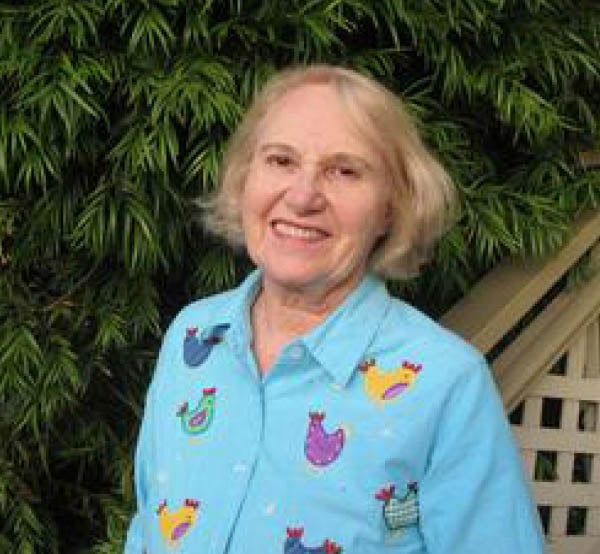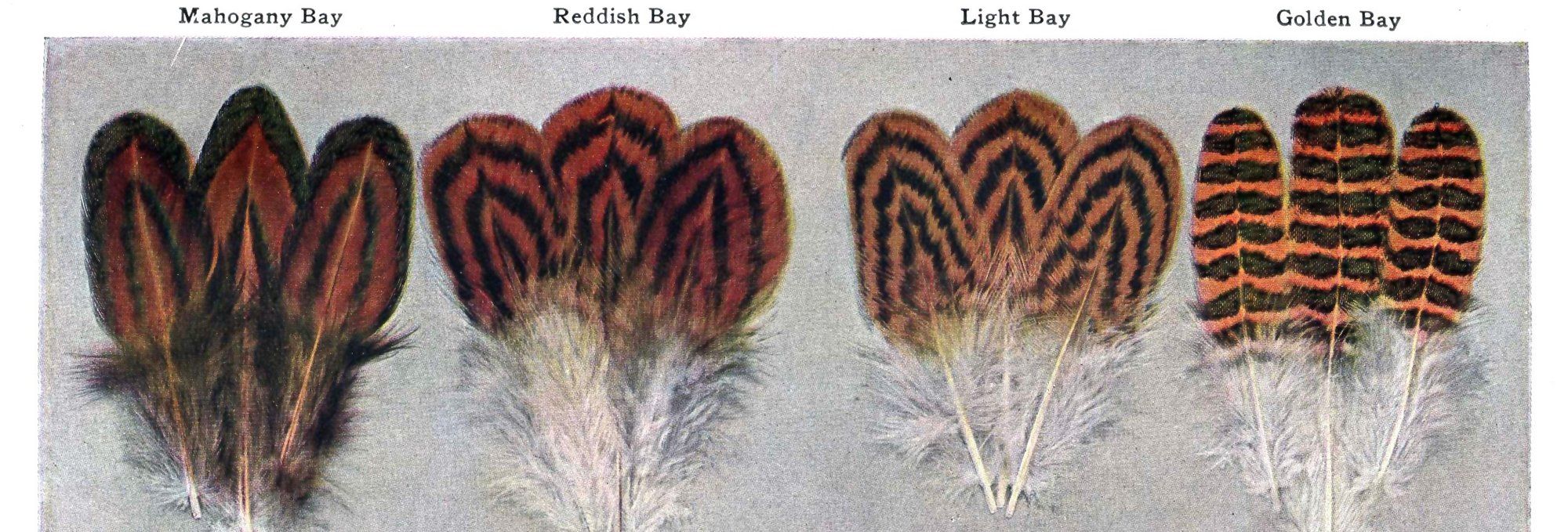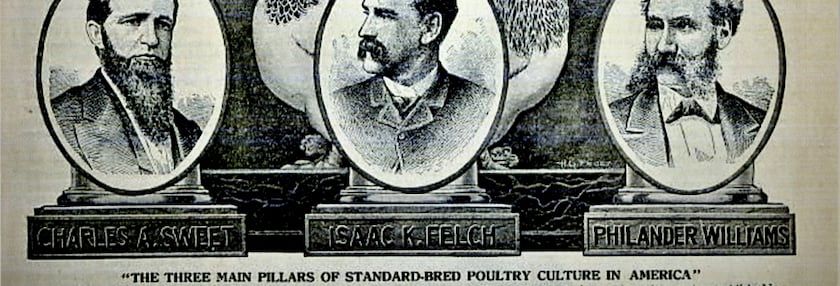APA Certifies Five McMurray Hatchery Flocks


Partnership boosts Flock Inspection Program
Chicks from flocks certified as meeting the American Poultry Association Standard will be available starting November 1, 2021. Five of Murray McMurray Hatchery’s breeds are already certified, with five more anticipated in the 2022 season.

“This certification validates our breeder flock practices,” said McMurray Vice President Tom Watkins. “We are trying to highlight conservation and support the APA.”
“This is a great opportunity for people to purchase standard breed birds to start their own home flocks for meat and eggs,” said Stephen Blash, chair of the Flock Inspection Committee
The hatchery catalog will include information on the APA and its role in breed conservation. At the height of the hatching season, McMurray hatches 150,000 chicks a week.
“We are in business to sell chicks, but we are always working behind the scenes to preserve the heritage qualities of those breeds,” said Marketing Director Ginger Stevenson.
Flock Inspection Program
The APA inspected flocks in the past, but abandoned that about 50 years ago. In the poultry production shift from farm flocks to industrial broilers after World War II, the significance of Standard breeds to consumers became irrelevant. The 21st century’s renewed interest in small flocks and backyard chickens reignited interest in Standard bred poultry.
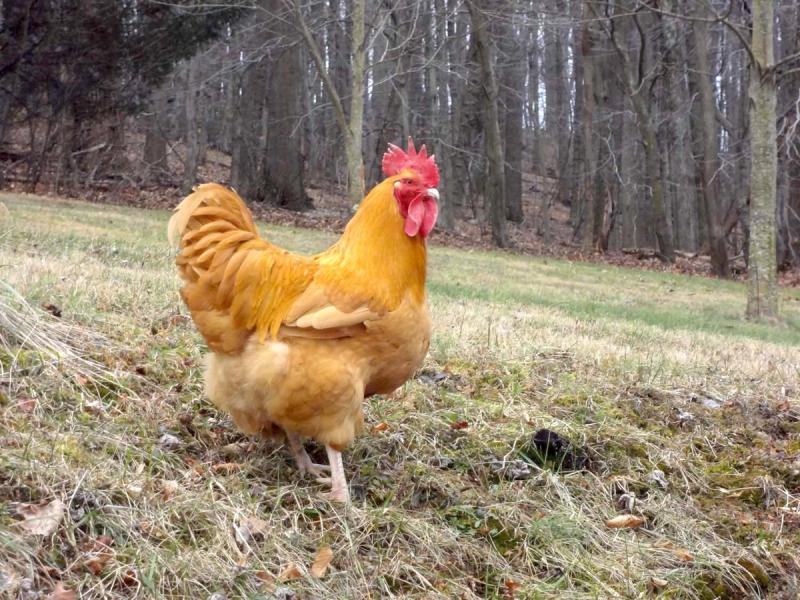
The APA revived the Flock Inspection program in 2019, with several poultry keepers certifying their flocks. The APA formed a Flock Inspection Committee to encourage interest in the program. The partnership with McMurray Hatchery was a natural relationship.
“We jumped at the chance to show that we have standard bred stock,” Watkins said.
That original Standard was written to improve the quality, uniformity and marketability of poultry flocks. Over the years, its emphasis changed to focus on poultry exhibitions. Utility became an afterthought, although the Standard still lists Economic Qualities in its breed descriptions.
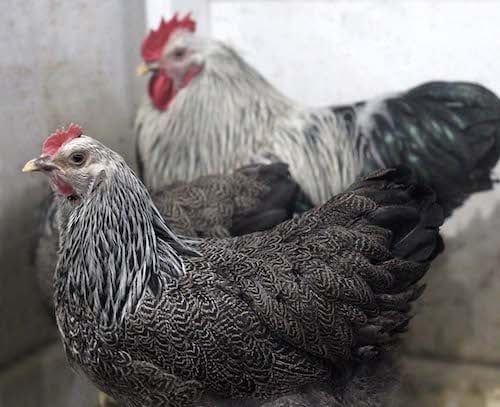
“Standard” is the operant word, meaning breeds that have been documented and officially recognized. Heritage, historic, traditional, antique, heirloom and other words are descriptive, but their meanings vary slightly and can be stretched and distorted to cover anything. “Standard” is a word with a defined meaning.
Certification assures the purchaser that the product they are buying meets written standards. That can increase the value of products, as consumers are willing to pay more for better quality.
The hatchery can use the APA logo, and the prestige it carries, to market its birds. McMurray Hatchery will feature the breeds that have been certified with its own graphic design icon.
“We want those breeds to live up to function and what those breeds need to be,” said Ms. Stevenson. “We are partnering with the APA to make sure our birds meet the Standard, that they are going in the right direction.”
How to get certified
The APA sent experienced judges Bart Pals and Art Rieber to inspect the hatchery’s breeding flocks, and they concluded that the White Langshan, White Polish, Partridge Plymouth Rock, Buff Plymouth Rock, and Silver Penciled Plymouth Rock would be certified.

“They agreed that our stock is of breeder quality,” said Watkins. “Some poultry aficionados have snubbed us in the past.”
Hatchery stock is often considered inferior to that of APA breeders. Watkins welcomes the opportunity to assure customers that McMurray Hatchery birds meet the APA’s Standard.
“Our goal is to upend the term ‘hatchery quality’ and make it a positive,” said Ms. Stevenson.
“The APA is very excited to finally certify some of McMurray Hatchery’s flocks,” Blash said. “We look forward to working with them on other breeds and varieties so that they too may become a foundation stock for many of the Standard bred poultry varieties for years to come.”.
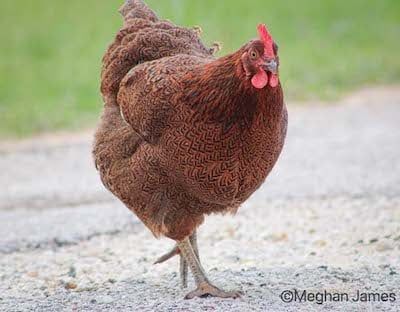
Breed conservation
Not every chicken with a Standard name will make a good, productive flock. Birds bred for exhibition may have lost productivity. Chickens are more than pretty feathers. Each breed’s genetic profile is unique. Conserving a breed means keeping those traits strong. The APA and its Standard show breeders what to aim for in breeding their flocks.
“For the new chicken people out there, it’s a natural progression, where it becomes more than a hobby,” said Watkins. “First, they want chickens to lay some eggs, teach some lessons to the kids. Then as you like individual breeds more, you really want to give them an opportunity to continue on. They become conservators of these breeds. It’s not just economic qualities, but diversity in chickens, that needs to be cared for.”

Backyard chicken keepers are a gateway to chicken exhibition and breeding.
“The APA is very excited to finally certify some of McMurray Hatchery’s flocks,” Blash said.
“We look forward to working with them on other breeds and varieties so that they too may become a foundation stock for many of the Standard bred poultry varieties for years to come.”
Tags:The Back Story

Chicken Whisperer is part of the Catalyst Communications Network publication family.



